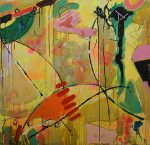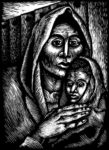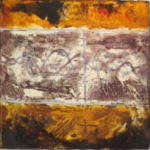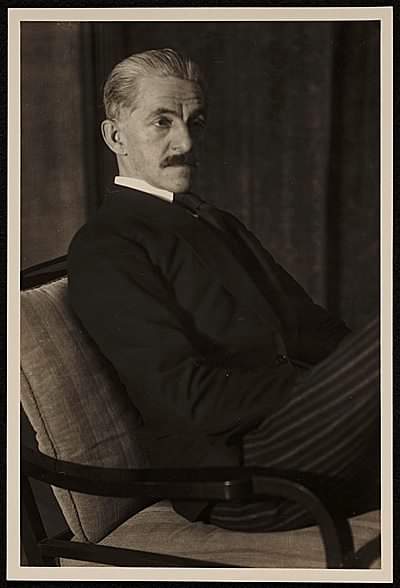
The true story of Rudolf Bauer is perhaps one of the most complex, tragic, and ironic of 20th century art history. Rudolf Bauer was a pioneering German-born artist who, along with Vasily Kandinsky, was among the first abstract artists in the world. His “non-objective” abstract style would go on to influence virtually all aspects of modern art and serve as a beacon to Pollock, Rothko, and other artists who formed the New York school of Abstract Expressionism. In the first half of the 20th century, Bauer’s works were displayed alongside such luminaries as Picasso, Chagall, Miró, Mondrian, and Kandinsky, in numerous galleries and museums throughout the world. However by the end of World War II, Bauer had stopped painting and fell into obscurity.
Early in the twentieth century in Berlin, a German caricaturist and political cartoonist named Rudolf Bauer began to make his mark. While Bauer’s illustrations delighted his audience and paid the bills, it was his avant-garde experiments in Cubism, Futurism, and Constructivism that stirred his soul. Bauer caught the attention of Herwarth Walden, founder of the famed Galerie Der Sturm in Berlin, who mounted three solo shows of Bauer’s paintings amid exhibitions of works by Marc Chagall, Vasily Kandinsky, Paul Klee, Franz Marc, and other modernist luminaries.
In America Bauer’s work was introduced to the American public in the early 1920s through the legendary Société Anonyme. Bauer’s work was featured in the exhibition bulletin of the Museum of Modern Art, New York, as early as 1933. Solomon R. Guggenheim became Bauer’s champion and patron and purchased more than three hundred works for his collection. A 1937 article in Time magazine cites a Bauer painting as Guggenheim’s favorite and pictures the copper magnate sitting proudly in front of it. Guggenheim established a foundation for Non-Objective painting and committed to the construction of the now-famous museum on Fifth Avenue, efforts that can be argued were the direct result of Bauer’s ideas.
Bauer’s place in art history is linked to the lives of two people: Solomon R. Guggenheim and Hilla Rebay, the Guggenheim Museum’s founding director. Bauer and Rebay had met in Berlin. Rebay, in turn, had come to America and introduced Bauer’s work to Guggenheim. Rebay’s conviction, coupled with Guggenheim’s financial resources, built her a prominent place in the history of art. Nearly single-handedly, she introduced “Non-Objective” art to the American public. Rebay was instrumental in establishing not only the Guggenheim collection but also the iconic building designed to house it, as she was the one to arrange for Frank Lloyd Wright to design this new “temple” of art on Fifth Avenue. The opening of the museum in 1959 was colored by a purge of many of Solomon Guggenheim’s prized works. This change of direction, in which much of the Non-Objective art was relegated to the basement, was enacted by Harry Guggenheim, Solomon’s nephew, who helmed the Foundation following Solomon’s death in 1949. No artist suffered a more dramatic rise and fall in this chapter of the Guggenheim’s history than Rudolf Bauer. Read full bio…
Featured: Early Drawings and Works on Paper, 1910-1925
-
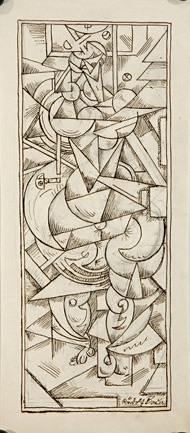
Untitled, c.1916-1925 (Shapely Futurist Nude, RB-4068)
$7,000.00 Add to cart -
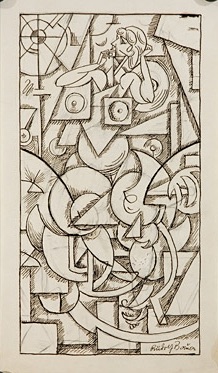
Untitled, c.1916-1925 (Futurist Nude, RB-4062)
$7,000.00 Add to cart -

Tranquility, Futurist Nude, 4072
$4,500.00 Add to cart -
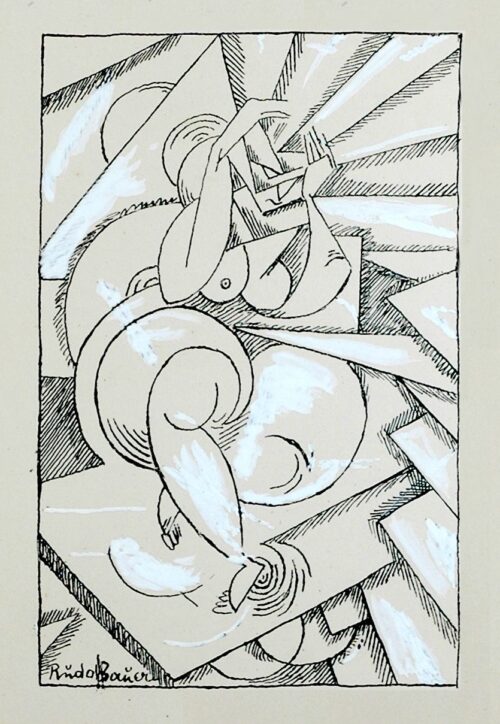
Untitled (Cubist Woman, V.2, 4022)
$7,000.00 Add to cart -
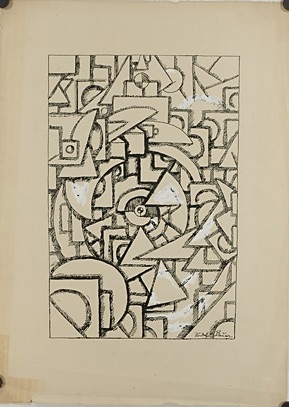
Untitled (Non Objective, 4077)
$7,000.00 Add to cart -
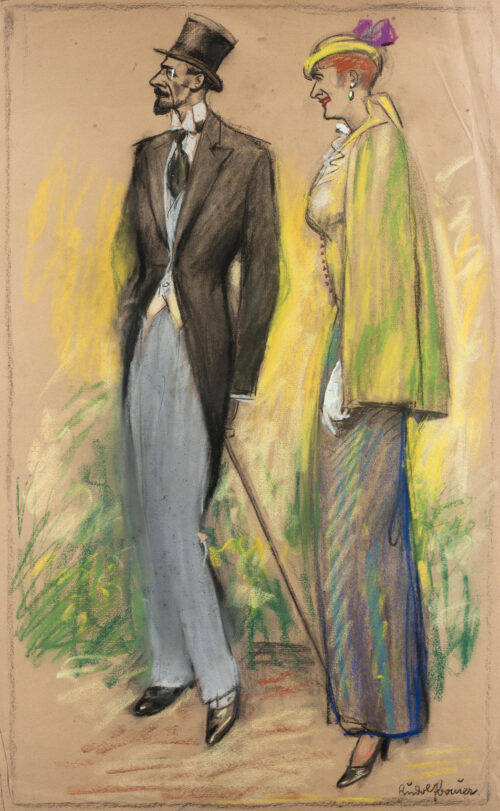
Untitled (Elegant Man & Woman, 2234)
$17,500.00 Add to cart -
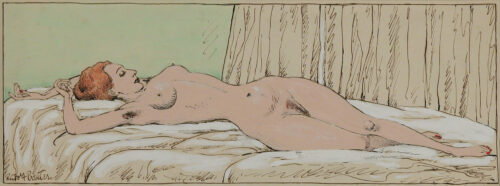
Odalisque, 1259
$6,500.00 Add to cart -
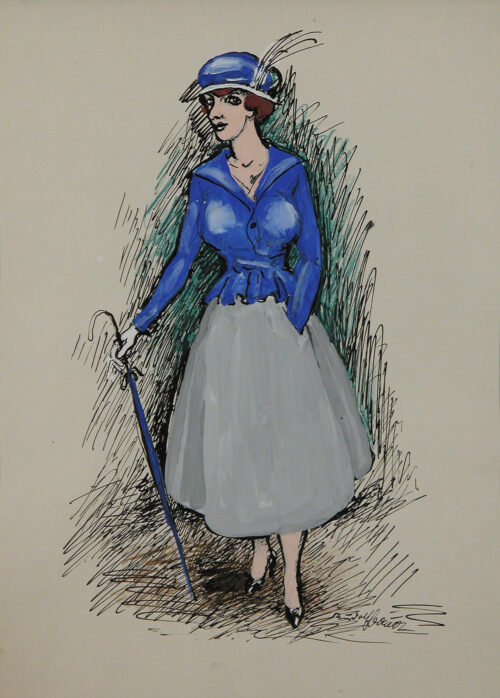
Untitled (Woman in Blue Jacket, 1571)
$10,750.00 Add to cart -
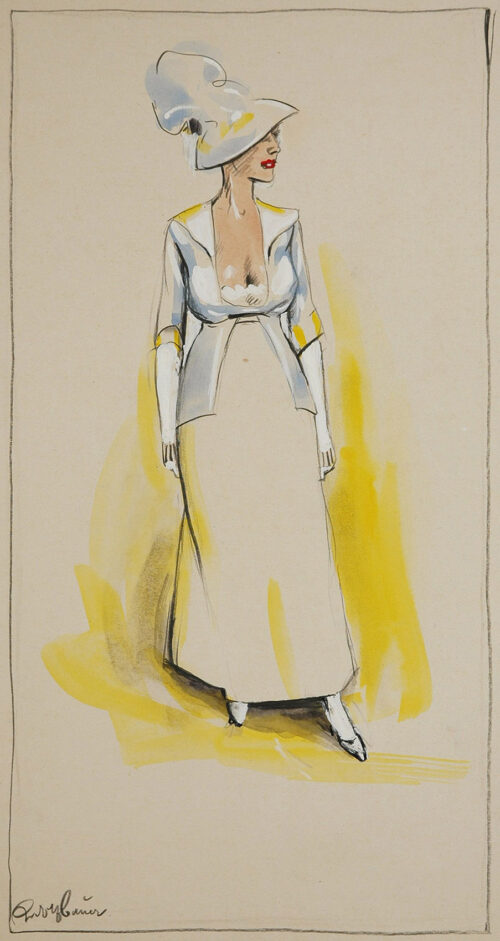
Untitled (Woman With Decolletage, 1560)
$10,500.00 Add to cart -
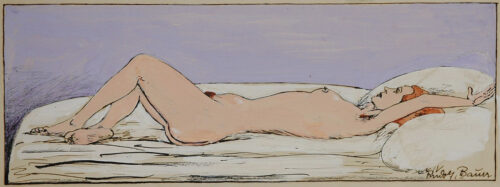
Untitled (Redheaded Nude Reclining, 1258)
$6,500.00 Add to cart -
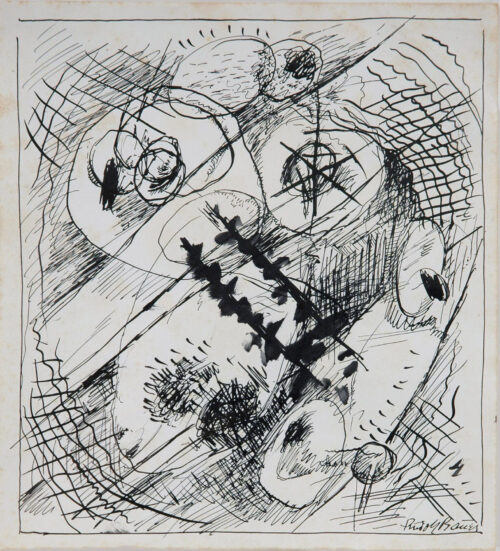
Untitled (Non Objective Drawing, 1227)
$14,500.00 Add to cart -
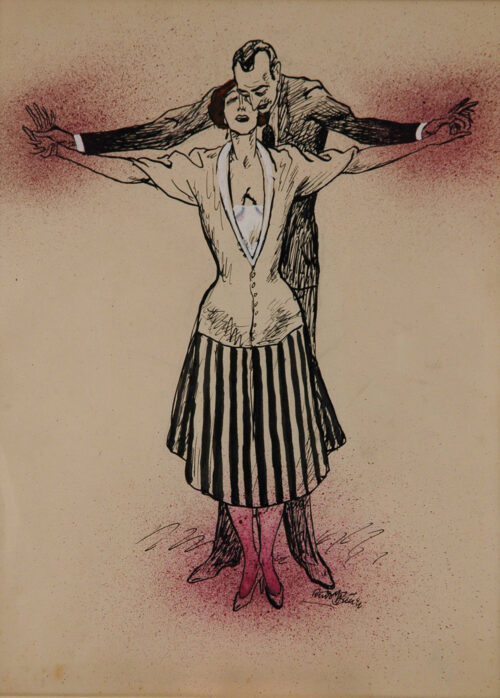
Untitled (Dancers with Red Spray, 1355)
$27,500.00 Add to cart -
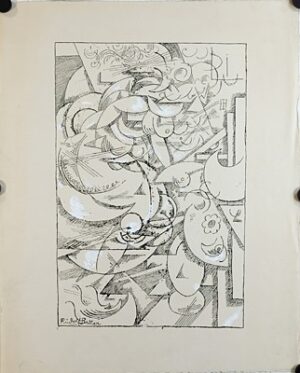
Untitled (Cubist Nude Drawing, 4013)
$7,000.00 Add to cart



